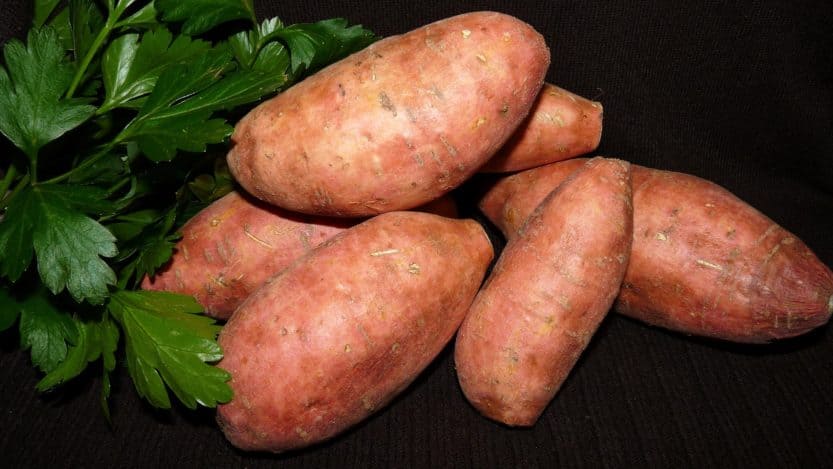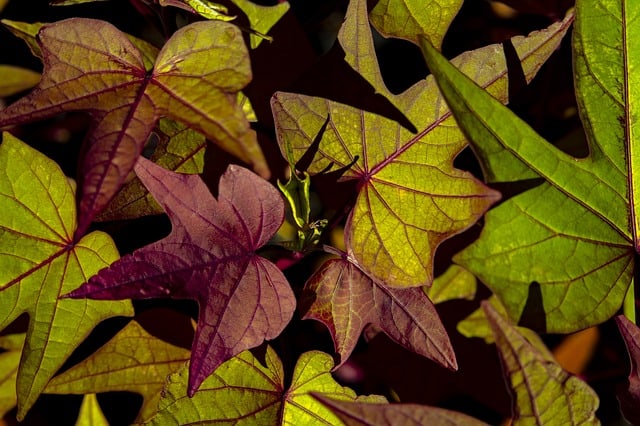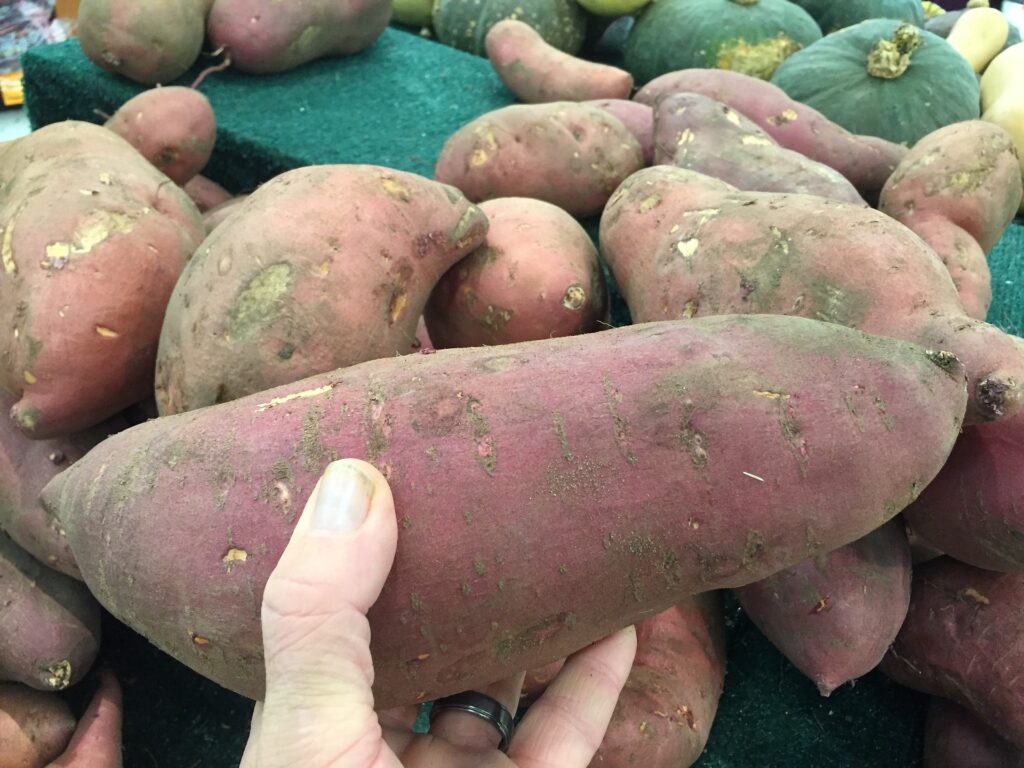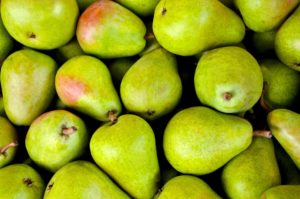If you’ve nurtured your sweet potato plants with care, it’s time to learn when and how to harvest them. This guide will walk you through the process, ensuring you can enjoy the fruits of your labor.
Understanding Sweet Potato Growth

Before we jump into the how-tos of harvesting, it’s essential to understand the growth cycle of sweet potatoes. Sweet potatoes are typically planted in late spring after the last frost, and they can take anywhere from 90 to 150 days to reach full maturity depending on the variety and growing conditions.
Signs that Your Sweet Potatoes are Ready

Knowing when to harvest is crucial for getting the best yield. Here are some indicators that your sweet potatoes are ready to be harvested:
Timing: Count the days since you planted your sweet potatoes. Most varieties are ready for harvest about 90 to 150 days after planting.
Vine Condition: When the vines start to yellow and die back, it’s a clear sign that your sweet potatoes are ready to be harvested.
Size of the Roots: If you’ve been monitoring the size of the sweet potatoes, you can start checking for maturity around the 90-day mark. You can gently dig around the base of a vine to see if the roots are large enough for your preference.
Weather Conditions: Ideally, harvest sweet potatoes before the first frost, which can damage the roots and impact the flavor.
How to Harvest Sweet Potatoes
Now that you’ve determined it’s time to harvest, here’s a step-by-step guide to doing it right:
Gather Your Tools: You will need a garden fork or spade, gloves, and a medium-sized basket for collecting your sweet potatoes.
Prepare the Area: Clear the area around your sweet potato plants to avoid damaging the vines and roots. Remove any weeds or debris nearby.
Loosen the Soil: Use your garden fork to gently loosen the soil around the base of the sweet potato plants. Be cautious not to poke the sweet potatoes themselves, as they can bruise easily.
Lift the Roots: Starting from the end of the row, carefully lift the sweet potatoes out of the ground. Work your way along the row, loosening soil as you go. You may find some roots are larger and more established than others.
Handle with Care: Sweet potatoes are delicate, so handle them gently. Avoid dropping them, as this can cause bruising or cuts.
Clean Off Dirt: Once you’ve harvested your sweet potatoes, gently shake off excess soil. Avoid washing them right away, as this can lead to rot during storage.
Curing and Storing Sweet Potatoes

After harvesting, it’s important to cure your sweet potatoes. Curing helps to enhance their sweetness and shelf life. Here’s how:
Cure the Tubers: Place the sweet potatoes in a warm, humid environment (around 80-85°F) for about 1-2 weeks. A garage or basement can work well if it’s warm enough. This process is crucial for improving flavor and promoting healing of any minor cuts.
Store Properly: After curing, store your sweet potatoes in a cool, dark, and well-ventilated space. Avoid refrigeration, as this can alter their flavor. When properly cured and stored, sweet potatoes can last for several months.
Creative Ways to Enjoy Your Harvest
Now that you’ve successfully harvested and stored your sweet potatoes, it’s time to get cooking! Here are some ideas to inspire you:
Baked Sweet Potatoes: Simple and delicious, just bake them until tender and top with butter, cinnamon, or marshmallows.
Sweet Potato Mash: Boil or steam your sweet potatoes and mash them with a splash of milk and a touch of maple syrup for a comforting side dish.
Sweet Potato Fries: Cut them into fries, toss with olive oil and seasoning, and bake for a healthier snack.
Sweet Potato Casserole: Perfect for family gatherings, mix mashed sweet potatoes with eggs, brown sugar, and spices, then bake topped with pecans or marshmallows.
Smoothies and Soups: Add cooked sweet potatoes to smoothies for a nutrient boost or blend them into soups for added creaminess.
Conclusion
Harvesting sweet potatoes can be a rewarding experience, especially when you see the results of your hard work. By knowing when and how to harvest them, as well as how to cure and store, you can ensure a successful bounty for yourself and your family to enjoy. So grab those gardening gloves and get ready to savor your sweet potato harvest! Happy gardening and cooking!




